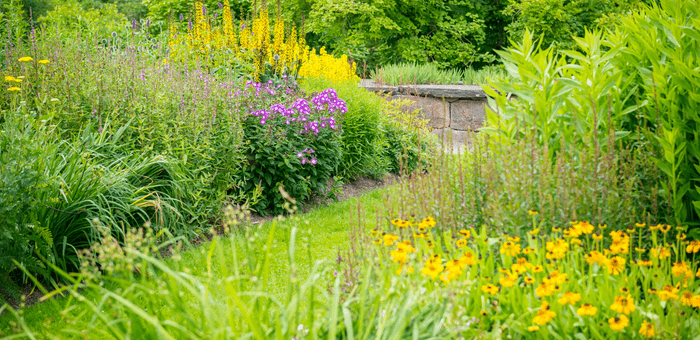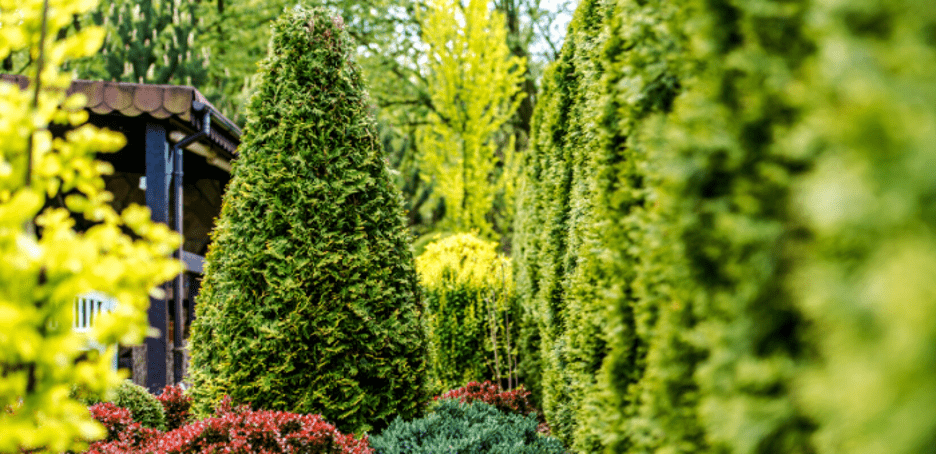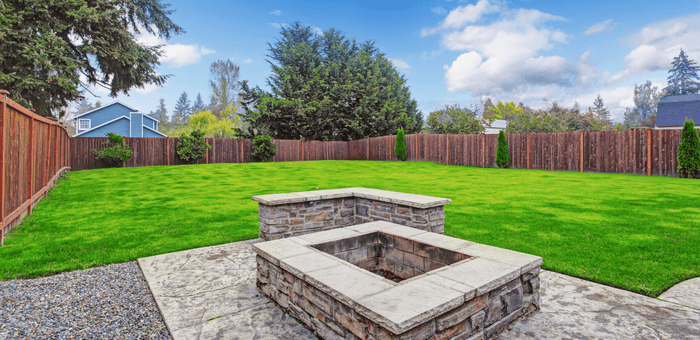
8 Tips For Landing a Great Lawn in the Spring
January 27, 2023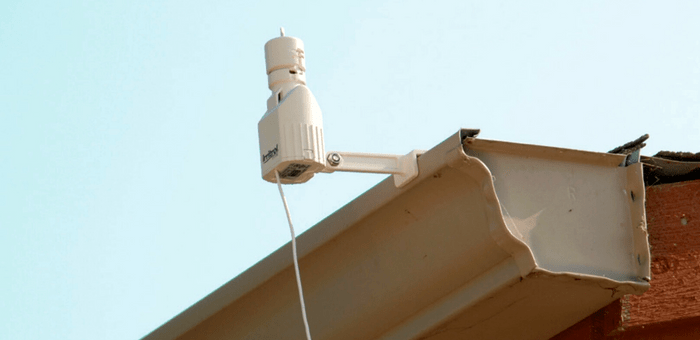
Save Money & Time With Rain Sensors
March 1, 2023Rain gardens are becoming an increasingly popular solution for managing stormwater, rerouting water runoff, and promoting sustainable landscaping. Incorporating rain gardens into your landscaping designs not only offers practical benefits but also saves your lawn from collecting harmful chemicals and pollutants from rainwater runoff.
What Are Rain Gardens?
Rain gardens are shallow depressions in the landscape that are designed to capture and filter stormwater runoff. They are typically planted with native plants and grasses that are specially selected to absorb and filter pollutants, prevent erosion, and manage excess water. Rain gardens are typically dry until rainfall occurs. As it generally only holds water during and immediately following rainfall, rain gardens drain and dry up within 12-48 hours. This not only allows for proper filtration but also prevents potential breeding of mosquitoes.
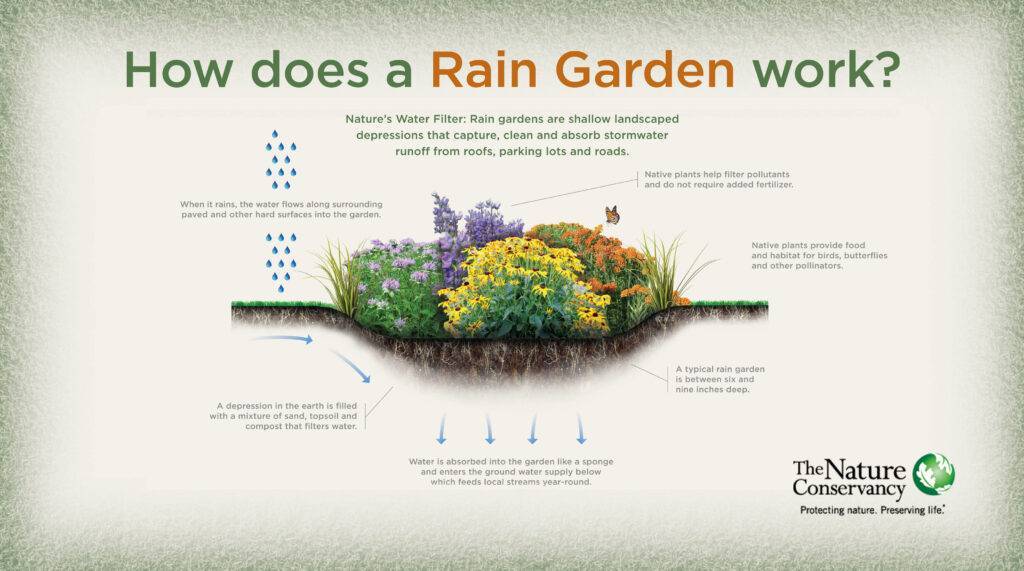
Benefits
Here are a few of the key benefits for both homeowners and the environment:
Improved Water Quality: Rain gardens help to reduce the amount of pollutants that enter our waterways, as the plants and soil in the garden filter out pollutants from the runoff before it reaches streams, rivers, or lakes.
Reduces Flooding: Rain gardens can also help to reduce flooding by absorbing and storing excess water during heavy rain events, releasing it slowly over time.
Promotes Biodiversity: Rain gardens are typically planted with native plants and grasses, which provide a habitat for pollinators and other beneficial insects, birds, and small mammals.
Aesthetically Pleasing: Rain gardens can add beauty and interest to your landscape, creating a natural and sustainable focal point for your property.
Cost Effective: Rain gardens can be a cost-effective solution for managing stormwater runoff, especially when compared to traditional stormwater management systems like underground pipes and detention ponds.
Designing a Rain Garden
Designing a rain garden requires careful consideration of site conditions, plant selection, and soil types to ensure proper function and longevity.
Site Conditions: The location should be in an area where water will naturally flow during a storm event. It should also be far enough from buildings and structures to prevent water damage.
Plant Selection: Choose native plants and grasses that are well adapted to your area and that can tolerate the conditions of a rain garden, such as fluctuating water levels.
Soil Type: The soil type used will affect its ability to absorb and filter water, so it is important to choose the right mix of soil, sand, and compost to create an effective filter.
Rain gardens are a versatile and effective solution for managing stormwater runoff, improving water quality, and promoting biodiversity. They also offer aesthetic benefits, making them a great addition to any landscaping design. In short, rain gardens offer a multitude of benefits for homeowners, the environment, and the overall community, making them a worthwhile investment for sustainable and responsible landscaping practices.
For more information on improving your lawn, continue reading more on our blog!
Related articles:
8 Tips For Landing a Great Lawn in the Spring


